Day 1 – I’m a Strength Coach with 15 years experience, But I Sprained My Wrist: Here’s My Recovery Plan
- Robert Silver
- Mar 26
- 4 min read
Day 1 – Acute Injury
This is the first in a series of posts detailing how I treated a sprained wrist I suffered during Jiu-Jitsu. Wrist injuries are a common occurrence in jiu-jitsu—and, as I often say, they can be a real “stubborn fix.” If you practice jiu-jitsu, you know just how easily your wrists take a beating.
What Is a “Stubborn Fix”?
I call certain injuries “stubborn fixes” because they just don’t seem to heal as fast or the way you’d expect. With the wrist, it’s because:
It’s a Narrow “Bridge”:
Your wrist connects your hands (doing all the gripping) to the muscles generating force throughout your body.
Complex Anatomy:
27 bones
30+ tendons
30+ ligaments
When you have so many moving pieces in one small area, injuries become multi-dimensional.
It’s nearly impossible to fully rest your wrist—after all, I had to type this blog. And in jiu-jitsu, your wrist and grip need to be 100% for live rolling.
Scroll through this gallery for an idea on how complex the wrist is.
All images from www.assh.org - They are a great resource.
The Injury
The injury wasn’t dramatic; it happened in a scenario many of us have experienced. Here’s what went down:
During a Live Roll:
We were returning to our feet, I was gripping my opponent’s pant around the outside of the knee—ready to shoot a high crotch or single. Suddenly, my opponent forcefully pulled his leg back, ripping my grip apart.
Immediate Reaction:
I felt something was off, but it wasn’t enough to stop the roll.
Progression:
Over 10 rounds of 5 minutes each (Saturday open mat), my right-hand grip gradually weakened. By the last 15 minutes, I was forced to rely on my fist and the other three limbs.
The steady loss of grip strength was my body’s way of signaling that something wasn’t right.
Diagnosis
I leaned heavily on ChatGPT’s advanced reasoning (plus my own background in anatomy and physiology) to diagnose the issue. I’m not a physical therapist, but using the right terminology helped narrow things down, especially when using AI diagnostics. Here’s a summary of my input:
Mechanism:
Acute forced hyperextension of the wrist/fingers during grappling.
Symptoms:
A “dead” or “limp” wrist sensation (suggesting neuromuscular involvement)
Marked decrease in grip strength—especially in the ring and small (ulnar) fingers
Localized tenderness along the ulnar side of the volar wrist
A deep ache in the carpal region
Test Findings:
Pain with passive wrist extension and resisted flexion, pointing to tendon or ligament strain.
Additional Clue:
Potential irritation of the triangular fibrocartilage complex (TFCC) due to ulnar wrist pain.
Overall Picture:
No obvious swelling or gross instability (no clicking or clunking), yet a significant loss in grip strength under load.
Likely Diagnosis:
Mild TFCC (Triangular Fibrocartilage Complex) Irritation or Small Sprain
Forced extension is a classic mechanism to irritate or strain the ulnar wrist stabilizers.
Pain on ulnar deviation, dorsal/ulnar wrist aching, and difficulty with forceful grip all point to mild TFCC involvement.
Associated Carpal / Dorsal Capsule Strain
The forced extension could also have caused inflammation in the dorsal wrist capsule or minor compression in the carpal row (e.g., lunate/triquetrum).
Explains the dorsal pain when gripping harder.
Secondary Tendon or Nerve Irritation
Some forearm flexor tension and possible nerve glides needed (ulnar or median nerve) — but these symptoms have largely subsided with rehab.
No signs of a major tear (no instability/clicking or severe ongoing weakness), so it’s primarily a mild sprain/irritation that requires progressive rehab.
In plain terms, it’s a moderate sprain with a touch of ligament and nerve irritation—not a full-blown tear or fracture.
Time to Start Healing
With a likely diagnosis in hand, it was time to kick off the healing process.
To Ice or Not to Ice?
My goal was to heal and get back to jiu-jitsu as fast as possible. While icing hasn’t been proven to speed up return-to-play directly, it does:
Dull the Pain:
Making it easier to start gentle, beneficial movement early on.
Facilitate Early Mobilization:
Which is key to reducing stiffness and maintaining blood flow.
Early, controlled movement is essential—it gets you moving without stressing the injury too much.
Think about how often the first thing done post-injury has been immobilization. While that is necessary for certain injuries, many sprains and strains heal faster when the focus is on MOBILIZATION not IMMOBILIZATION.
Furthermore, the research even suggests that this quicker return to play did not come at the cost of higher re-injury rates or instability. That’s important.
Source
What I Did
Ice:
I iced the wrist 2-3 times for about 15 minutes each to help dull the ache.
Movement:
Right after icing, I started with range-of-motion drills, along with massage and traction.
My Approach:
Instead of the usual (outdated) RICE (Rest, Ice, Compression, Elevation), I follow the METH protocol:
M – Movement / Massage
E – Elevation
T – Traction (compression with movement)
H – Heat (to stimulate blood flow)
Day 1 Protocol at a Glance
Action | Protocol |
Ice | 2-3 sessions, 15 minutes each |
Wrist Rotation | 10-20 full circles (as far as you can go) |
Flexion/Extension | 10 reps each direction (to as far as possible without pain) |
Massage | Gently massage around the wrist and forearm to find trigger points |
Traction | Apply compression on trigger points, then move the wrist in various directions |
Monitoring: The first 2-3 days are critical. If your grip continues to weaken, pain increases, or swelling develops after 24-48 hours, it might be more than just a sprain.
When to Get It Checked Out
Pain lasts more than a few days or worsens.
Grip strength stays weak or deteriorates.
Numbness or tingling increases—especially in the pinky or ring finger.
With that in mind, I was hoping for a better prognosis by Sunday.


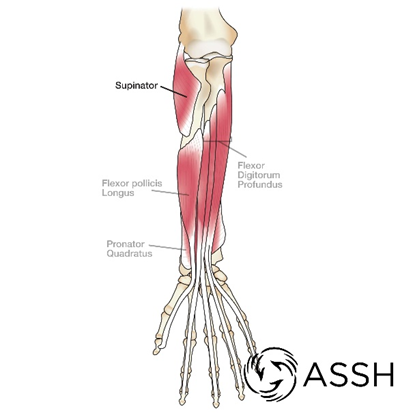

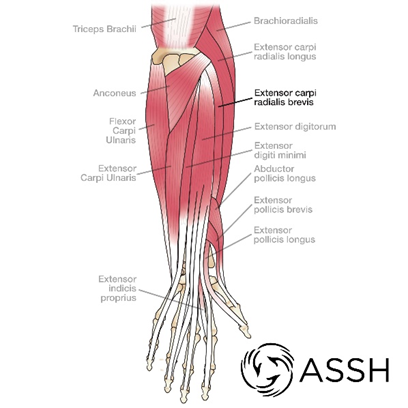

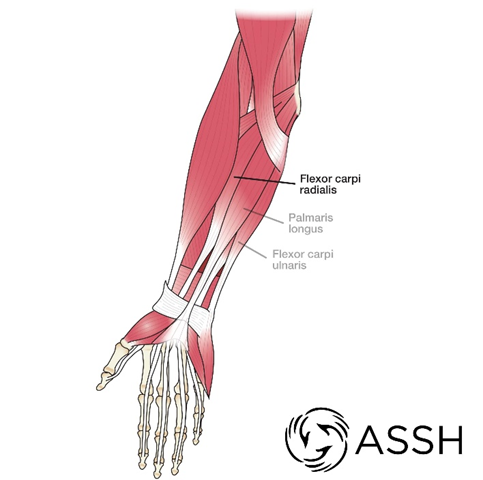

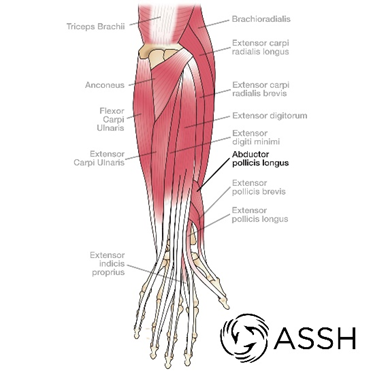



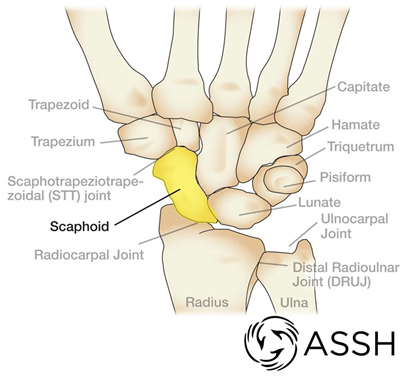







Comments